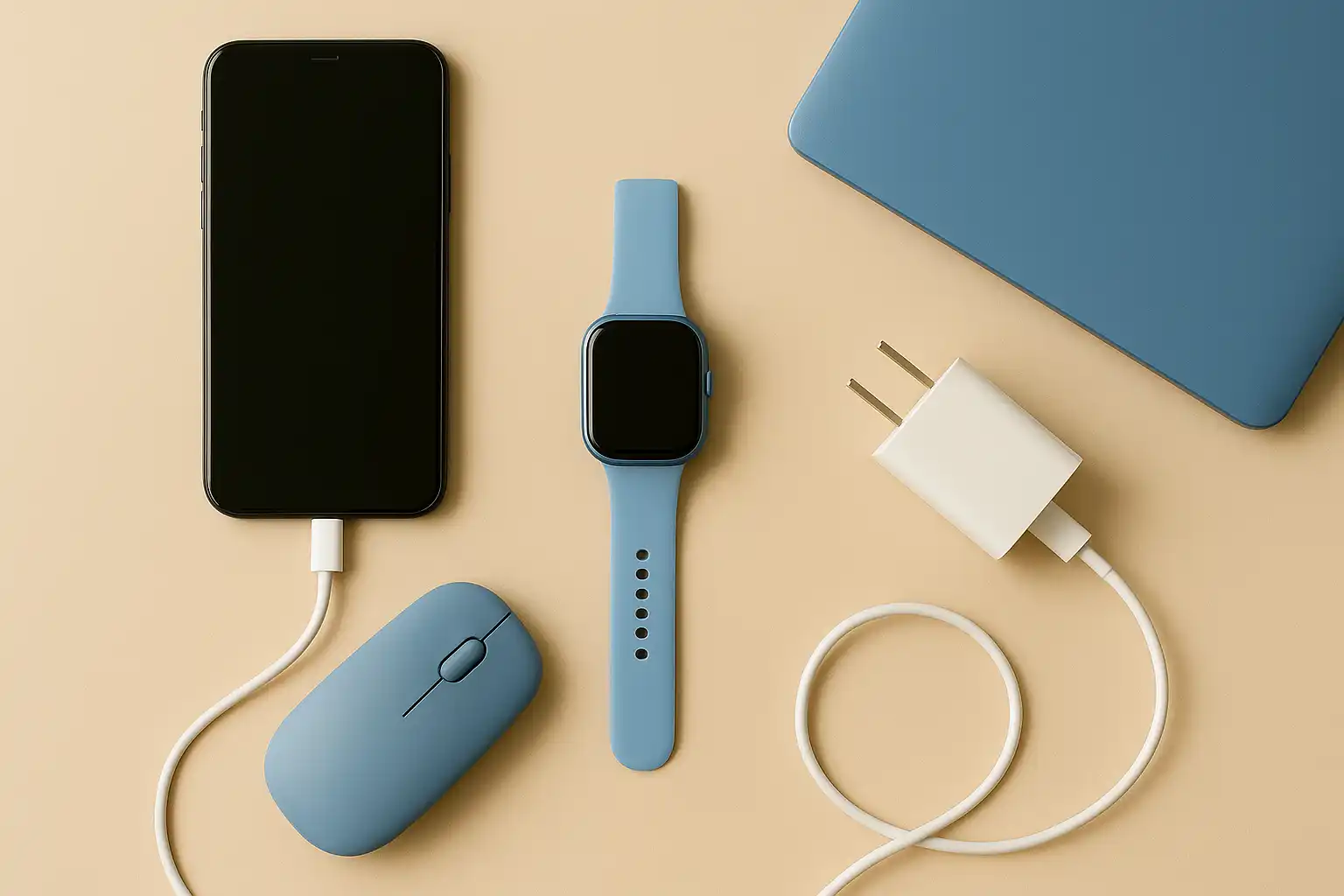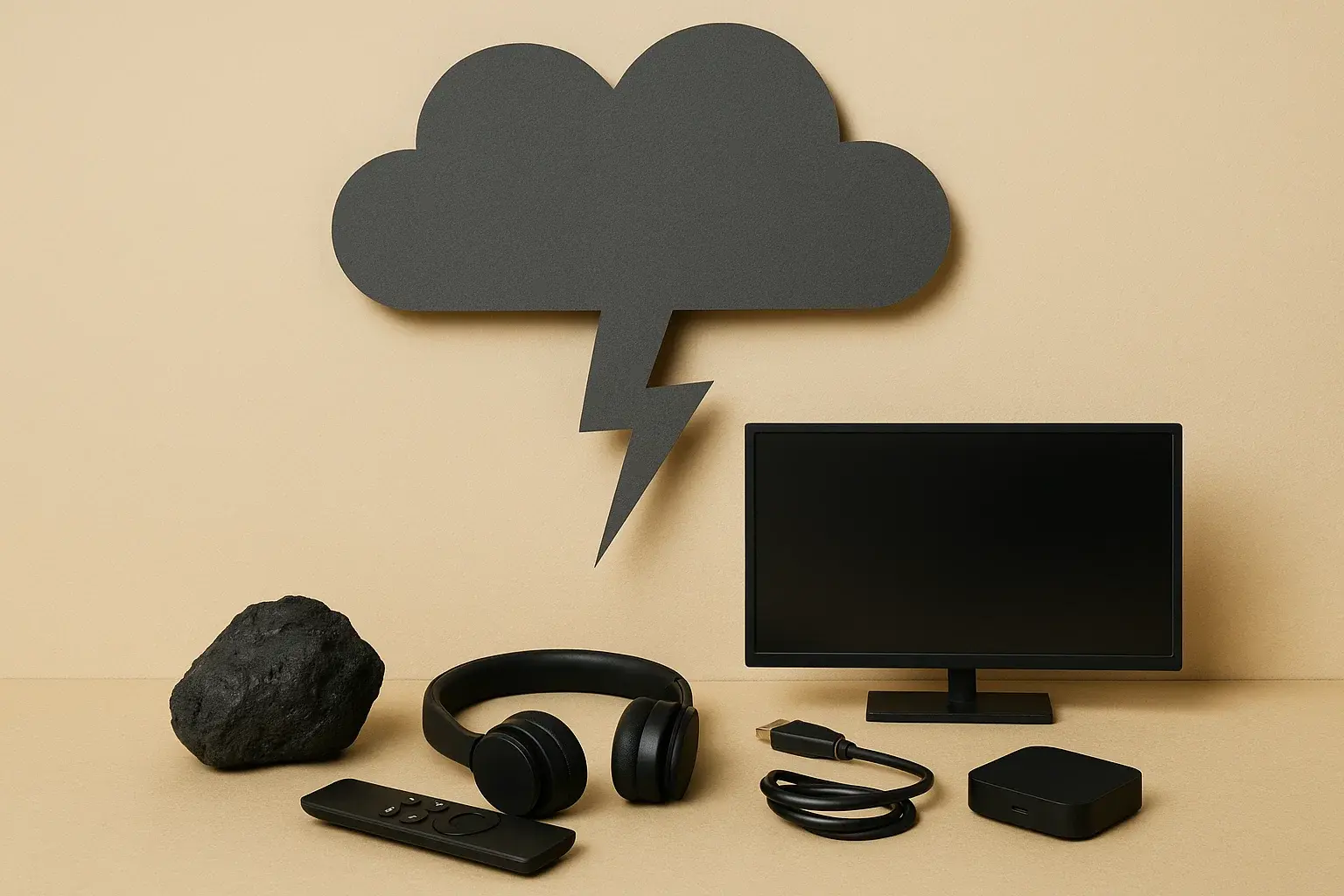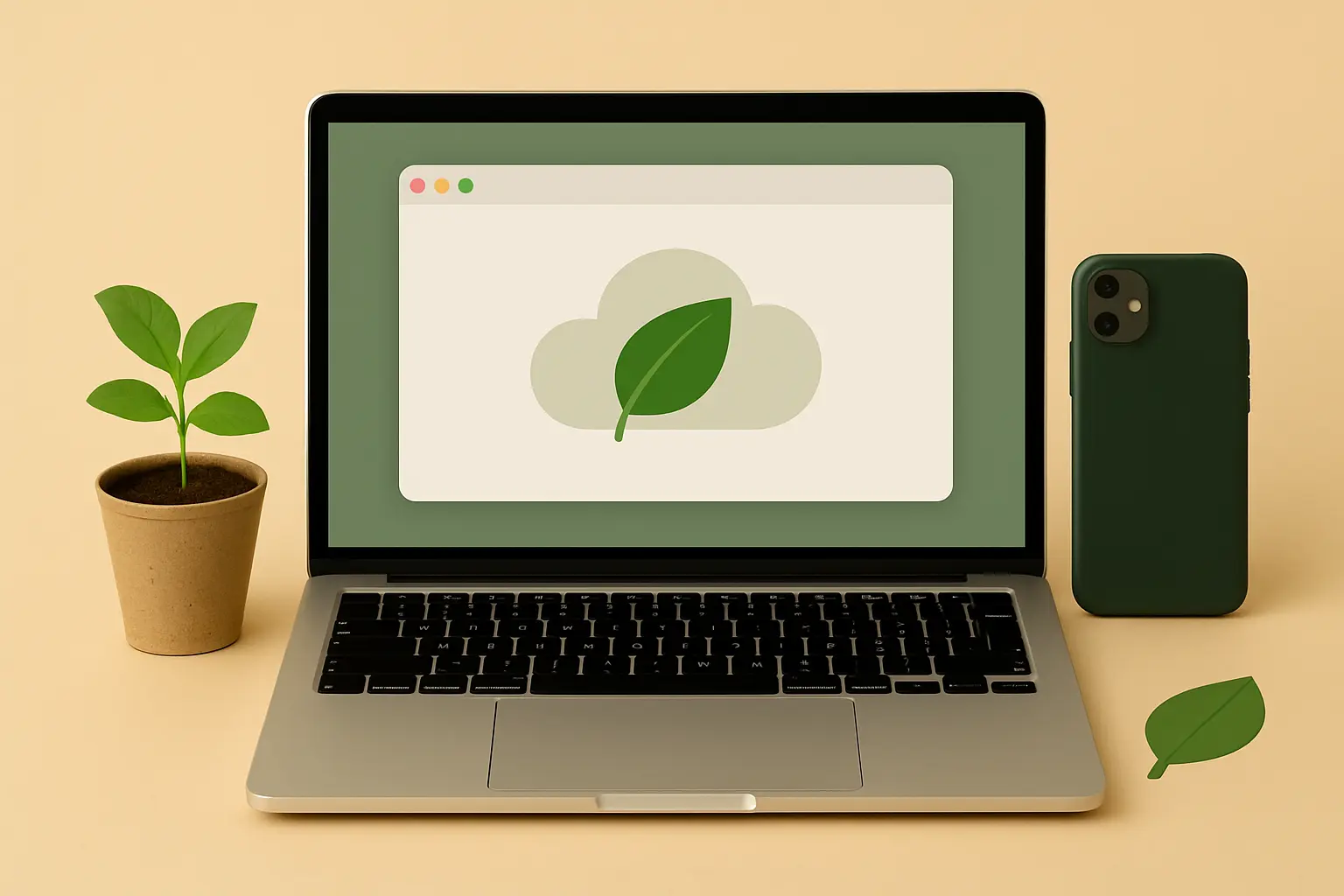Swipe Right on Sustainability: How Digital Decluttering Cultivates a Greener Lifestyle

In our increasingly interconnected world, the concept of "stuff" extends beyond the physical realm. Our digital lives are often overflowing with files, photos, apps, emails, and social media accounts, creating a sense of virtual clutter that can be both mentally and, surprisingly, environmentally taxing. Just as decluttering our physical spaces can lead to a more organized and mindful existence, undertaking a digital declutter can contribute to a greener lifestyle by reducing our often-unseen digital carbon footprint.
While the internet and our devices may seem intangible, they rely on a vast and energy-intensive infrastructure. From the manufacturing of our smartphones and laptops to the massive data centers that store our digital lives and the networks that transmit data across the globe, our online activities have a tangible environmental impact. By consciously decluttering our digital world, we can minimize unnecessary energy consumption, reduce the demand for resources, and cultivate a more sustainable relationship with technology.
The Hidden Energy Drain: Unpacking the Environmental Cost of Digital Clutter
The digital clutter we accumulate contributes to our environmental footprint in several key ways:
- Storage on Servers: Every email we store, every photo we upload to the cloud, every file we keep on a server occupies physical space and requires energy to maintain. Vast data centers, filled with countless hard drives, consume immense amounts of electricity for operation and cooling. Unnecessary digital clutter contributes to the demand for more storage space and thus, more energy.
- Data Transmission: When we access old files, scroll through endless social media feeds, or receive unwanted emails, data is being transmitted across networks, consuming energy at various points along the way. Regularly clearing out digital clutter reduces the amount of unnecessary data being moved around the internet.
- Device Performance and Lifespan: A cluttered device with too many apps, large files, and background processes running can strain its processor and battery, leading to increased energy consumption and potentially shortening its lifespan. By decluttering, we can improve device performance and potentially delay the need for a new device, thus reducing the environmental impact associated with manufacturing new electronics.
- The Urge to Upgrade: A slow or cluttered device can contribute to the desire for the latest model, fueling the cycle of consumption and e-waste. By maintaining our existing devices through digital decluttering, we can resist this urge and make our electronics last longer.
Practical Steps: Your Guide to a Greener Digital Declutter
Embarking on a digital declutter doesn't have to be an overwhelming task. Here are practical and actionable tips to help you streamline your virtual life and reduce your digital carbon footprint:
1. Conquer Your Inbox:
- Unsubscribe Ruthlessly: Take control of your email subscriptions. Unsubscribe from newsletters, promotional emails, and notifications you rarely read. Tools and browser extensions can help with this process.
- The Three-Touch Rule: Aim to handle each email as few times as possible. Delete, archive, or respond immediately.
- Set Up Filters and Folders: Organize your inbox to prioritize important emails and automatically filter out less critical ones.
- Empty Your Trash Regularly: Deleted emails still reside on servers until you empty your trash or bin. Make it a habit to do this regularly.
2. Streamline Your Cloud Storage:
- Review and Delete: Go through your cloud storage (Google Drive, Dropbox, iCloud, etc.) and delete old, redundant, or unnecessary files and photos.
- Optimize Photo and Video Sizes: Consider resizing large photos and videos before uploading them to the cloud. Explore options for compressing media files.
- Organize Efficiently: Create a clear folder structure to make it easier to find and manage your files, reducing the need to search through large amounts of data.
3. App Audit and Purge:
- Identify Unused Apps: Regularly review the apps on your smartphone and tablet. Delete any apps you haven't used in months. These apps often run background processes that consume energy and data.
- Disable Notifications: Limit notifications to only the essential apps. Constant notifications drain battery life and contribute to unnecessary data usage.
- Manage App Permissions: Review the permissions you've granted to your apps and revoke access to data they don't truly need.
4. Social Media Sobriety:
- Unfollow and Unfriend: Curate your social media feeds by unfollowing accounts that don't bring you value or contribute to excessive scrolling.
- Limit Scrolling Time: Be mindful of how much time you spend on social media, as this constant loading of new content consumes energy and data.
- Delete Old Posts and Accounts: Consider deleting old posts and even dormant social media accounts that are still storing your data on servers.
5. Device Hygiene:
- Delete Large, Unused Files: Regularly go through your computer and delete large files you no longer need, such as old downloads, duplicate documents, and unused software.
- Uninstall Unused Programs: Remove software you no longer use to free up storage space and improve your computer's performance.
- Optimize Browser Extensions: Review your browser extensions and remove any that you don't actively use, as they can consume resources.
The Synergistic Benefits: A Greener Digital Life, A Greener Planet
The act of digital decluttering, while seemingly focused on our personal organization and mental well-being, has a tangible connection to environmental sustainability. By reducing the amount of data we store and transmit, optimizing our devices, and resisting the cycle of constant upgrades, we collectively contribute to a lower demand for energy and resources in the digital realm.
Furthermore, the mindful approach fostered by digital decluttering can extend to our physical consumption habits. A less cluttered digital life can lead to a more intentional and less impulsive approach to acquiring physical goods as well. By consciously curating our virtual spaces, we may find ourselves more attuned to the idea of living with less in all aspects of our lives, fostering a deeper connection to a more sustainable and mindful way of being, both online and offline.
Related Blogs

Neutralizing Your Tech Footprint: Choosing Carbon-Neutral Tech Purchases
Support climate action by opting for carbon-neutral certified tech and offset programs.

The Silent Energy Thief: Cutting Down Idle Device Usage for a Sustainable Digital Footprint
Improve energy efficiency and extend device life by implementing power-saving settings.

The Unseen Gigabytes: Cutting Your Streaming Carbon Footprint
Reduce your digital carbon footprint by adjusting streaming quality and habits.

Decoding Disposal: Your Essential Guide to Responsibly Recycling E-Waste
Insights on the rise of ethical tech in a sustainable way.

Surfing Sustainably: Unveiling the World of Eco-Friendly Browsing
Insights on eco-friendly browsing in a sustainable way.

Beyond Plastic: Exploring Eco-Friendly Materials in Tech Casings
Choose tech with recycled aluminum, biodegradable shells, or durable composites over plastic.
Stay in the Loop
Get tips and insights tailored to your interests — no spam, just sustainability.